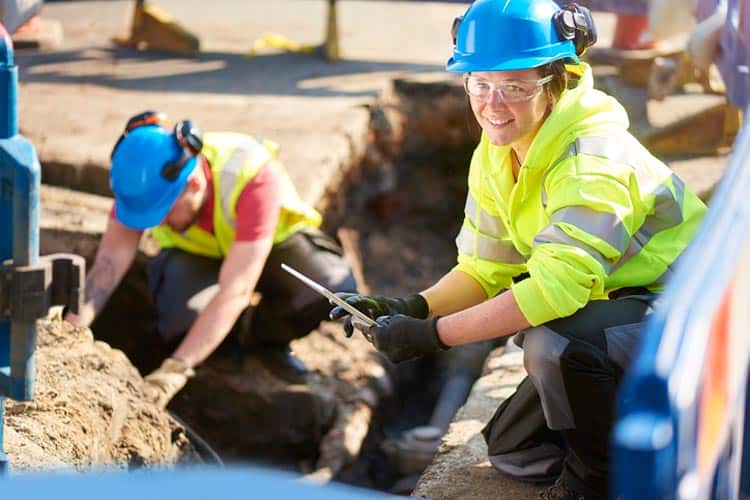Let’s face it: these are not the kind of things that people usually think about until they stop working. But the reality is that laying pipes and culverts is a critical aspect of infrastructure development, and it’s essential to get it right from the beginning.
So, what are the dangers associated with laying pipes and culverts? Well, there are several. One of the most significant dangers is the risk of cave-ins. When you’re digging trenches for pipes or culverts, the sides of the trench can collapse, trapping workers inside. This is a very serious hazard, and it’s essential to take steps to minimise the risk of cave-ins.
Another danger associated with laying pipes and culverts is the risk of electrical shock. Many pipes and culverts run near or under electrical lines, and it’s essential to take precautions to ensure that workers are not exposed to electrical currents.
Finally, there’s also the risk of chemical exposure. Some pipes and culverts are made from materials that can release toxic chemicals if they’re not installed correctly or if they’re damaged. Workers who are exposed to these chemicals can suffer serious health problems, so it’s important to take steps to minimise the risk of exposure.
So, what can you do to stay safe when laying pipes and culverts? Here are a few recommendations:
First, make sure that everyone involved in the project has the appropriate training and certifications. This includes not only the workers who are actually laying the pipes and culverts but also any engineers, inspectors, or other professionals involved in the project.
Second, take steps to minimise the risk of cave-ins. This can include using protective shoring or trench boxes to reinforce the sides of the trench, as well as ensuring that workers are not working in trenches that are too deep or too narrow.
Third, take precautions to minimise the risk of electrical shock. This can include ensuring that workers are properly trained to work near electrical lines, as well as using appropriate tools and equipment that are designed to prevent electrical current from flowing through them.
Fourth, be aware of the potential for chemical exposure. This can include using appropriate personal protective equipment, such as gloves and respirators, as well as taking steps to minimise the release of toxic chemicals during installation.
Fifth, make sure that everyone involved in the project is aware of the potential hazards and knows what to do in case of an emergency. This includes having a clear plan for evacuating the site in case of a cave-in or other emergency, as well as having appropriate first aid and rescue equipment on hand.
In conclusion, laying pipes and culverts might not be the most exciting topic, but it’s essential to get it right. By taking the appropriate precautions and following the recommended safety guidelines, you can help ensure that everyone involved in the project stays safe and that the project is completed successfully. So, stay safe out there, my friends, and remember: when it comes to laying pipes and culverts, safety always comes first!
Cheers,

![]()






